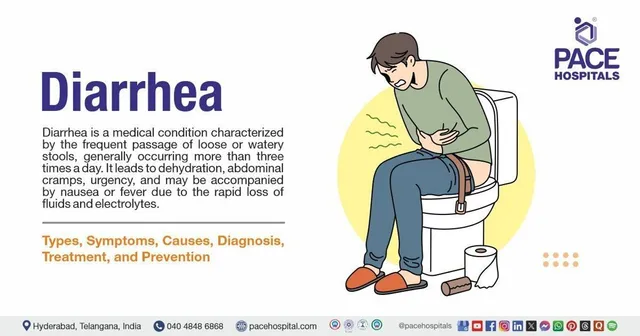
The eggs in the blood are considered relatively inactive cells, as the blood is only a means of transport for them, but they often leave those vessels by means of the amoeba and the property of slipping through the vascular wall to reach the connective tissues surrounding these blood vessels and there they can perform a number of special actions (functions). With it.
Functions of neutrophils
The characteristics of these functional cells are:
1. Transfusion: This is the migration of neutrophils present in the blood through the walls of blood vessels into the tissues.
2. Amoeboid movement: through which neutrophils are exchanged between the blood and other connective tissues, and when necessary and ready, as happens in infections, the neutrophils migrate in large numbers to the place, and this process is known as diapedesis. The neutrophil also moves within the tissues with this movement to carry out its basic work. It is phagocytosis.
3. Chemotaxis: This is the movement of the neutrophil towards the chemicals secreted from the germs.
4. Phagocytosis: The neutrophil devours elements that are foreign to it in the body and brings them into its body through the movement of its cytoplasm. The most important of these organisms are bacteria. When bacteria invade a tissue, the number of neutrophils increases in the blood and tissues, and they devour the bacteria and destroy them using their lysosomal enzymes that They explode, causing the death of the neutrophil and at the same time the death of the bacteria, and it is the accumulation of dead cells that forms pus (pus).
5. Secretion
The neutrophil secretes some yeasts that are related to the process of phagocytosis, such as glycolytic yeasts that are necessary to digest ingested materials and tissues to digest ingested materials and dying tissues. It also secretes some other substances such as Transcobolamin and Globulin, which stabilize and carry vitamin B12 in the plasma and are related to some blood diseases, for example. In red blood, transcobolamin increases, and this means that it is related to the number of neutrophil cells in the blood. When it increases, these substances increase, and when their number decreases, the amount of these substances decreases.
Eosinophil functions
1. It has a direct relationship with allergies, which is why it is believed to absorb histamine resulting from allergic conditions and also prevents the effect of toxic substances and foreign proteins that enter the body.
2. It has a role in blood clotting: It is believed that it secretes a substance called Plasminogen or Profibrin Olysin, which turns into Fibrinolysin, which is an enzyme that digests fibrin from coagulated blood.
3. It has a minor role in the phagocytosis process.
Functions of basophils
1. The formation of heparin and its release into the blood, which prevents blood clotting and also releases fats from the blood.
2. It has a direct relationship with allergies, as it produces or absorbs histamine.
– It has nothing to do with phagocytosis.
Lymphocyte functions
1. Formation of antibodies. It can be transformed into plasma cells, which are the main part of the production of these antibodies.
2. By entering from the blood into the tissues, they can transform into large phagocytic cells, which have the ability to phagocytose, but they themselves do not have the ability to do so.
3. Formation of thyroid-stimulating hormone, which acts as a stimulant or stimulant of the thyroid gland.
4. The DNA found in the nucleus of a dead lymphocyte can be used in another cell.
5. These cells contain lipolytic yeast.
Monocyte functions
1. Phagocytosis: It always leaves the blood to the tissues through amoeboid movement and turns into macrophages that devour foreign bodies.
2. It helps rebuild damaged tissues after infections






